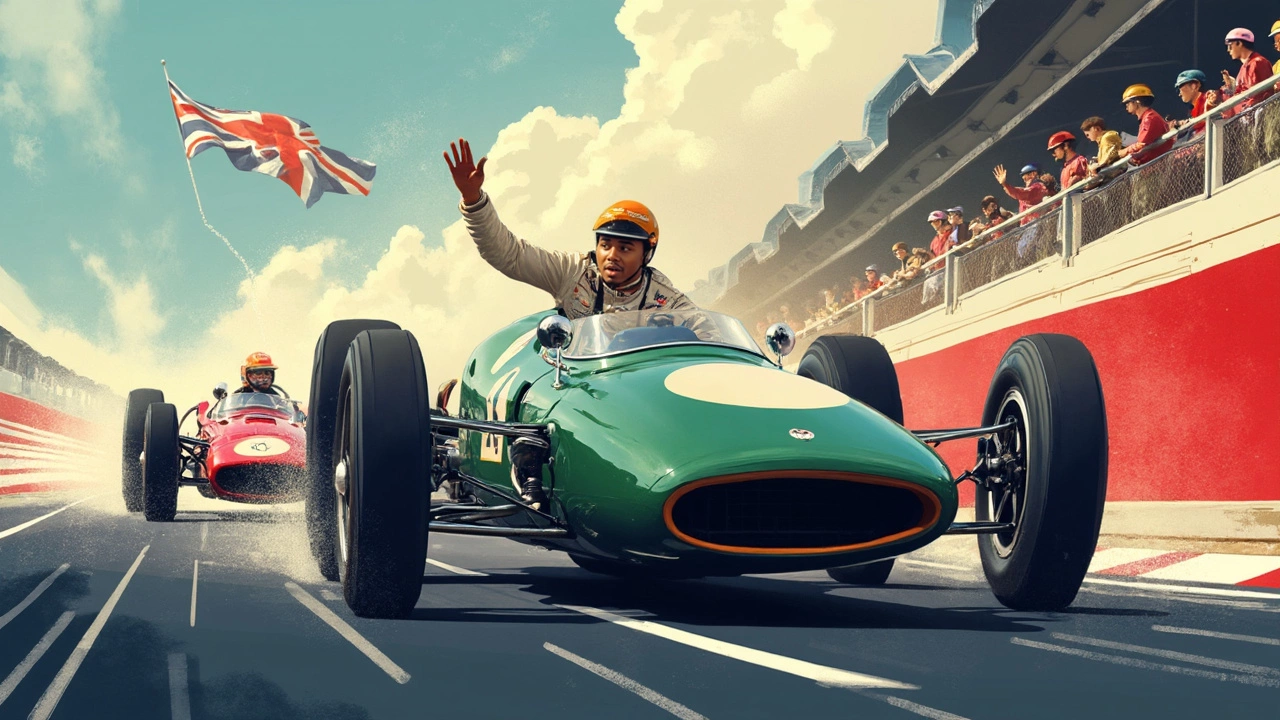History of Grand Prix F1: From Early Days to Today
If you’re curious why Formula 1 feels like a mix of ancient rivalry and futuristic tech, the answer lies in its history. The sport started as daring road races across Europe, gradually turning into the world‑class championship we watch now. Knowing where it began helps you appreciate every tire squeal and pit stop.
Early Years (1900s‑1950s): The Birth of Speed
Back in 1906, the first official Grand Prix was run near Le Mans, France. Cars were basically stripped‑down touring models with huge engines and almost no safety gear. Drivers wore leather caps and goggles, and the roads were public highways full of bumps, trees, and spectators. Those early races were a test of bravery as much as engineering.
After World I, the Italian and German manufacturers jumped in with new designs. Alfa Romeo, Bugatti, and Mercedes built faster, more aerodynamic cars. The 1930s saw the rise of “Silver Arrows” – sleek German machines that dominated with raw power. But the sport also suffered setbacks: the war halted races, and many tracks were destroyed.
When racing returned in 1946, a formal championship was announced. In 1950, the FIA launched the World Championship of Drivers, later known as Formula 1. The inaugural race was the British Grand Prix at Silverstone. Legends like Juan Manuel Fangio, who won five titles in the 1950s, set the benchmark for skill and perseverance.
Golden Era to Modern Times (1960s‑2020s): Tech, Titans, and Global Growth
The 1960s brought mid‑engine layouts, making cars more balanced and faster through corners. British teams such as Lotus and McLaren introduced innovative aerodynamics, including the first wings in the late ’60s. These changes turned racing into a science lab on wheels.
The 1970s and ’80s were dominated by turbocharged engines and fierce driver rivalries. Ayrton Senna, Alain Prost, and Nigel Mansell turned Grand Prix weekends into drama-filled spectacles. Safety also improved – wider barriers, better helmets, and fire‑resistant suits reduced fatal accidents.
In the 1990s, electronic aids like traction control and semi‑automatic gearboxes entered the scene. Teams invested billions into wind tunnels and computer simulations, turning F1 into a high‑budget industry. The sport spread beyond Europe, with races in Japan, Australia, and the United States, pulling in new fans worldwide.
The 2000s saw a shift toward hybrid power units. Mercedes, Ferrari, and Red Bull built cars that combined turbocharged V6 engines with electric motors, delivering massive power while cutting fuel use. Drivers like Lewis Hamilton and Sebastian Vettel pushed the limits, winning multiple championships and breaking records.Today, Formula 1 is a global brand with 23 races across five continents. The sport focuses on sustainability, aiming for net‑zero carbon emissions by 2030. New technologies such as 3‑D printed parts and advanced data analytics keep the competition fresh.
Looking ahead, you can expect more electric‑focused formats, like the upcoming “Sprint” races, and a push for more diversity among drivers and team staff. The history of Grand Prix F1 shows a constant cycle of risk, innovation, and excitement – a cycle that’s far from over.
